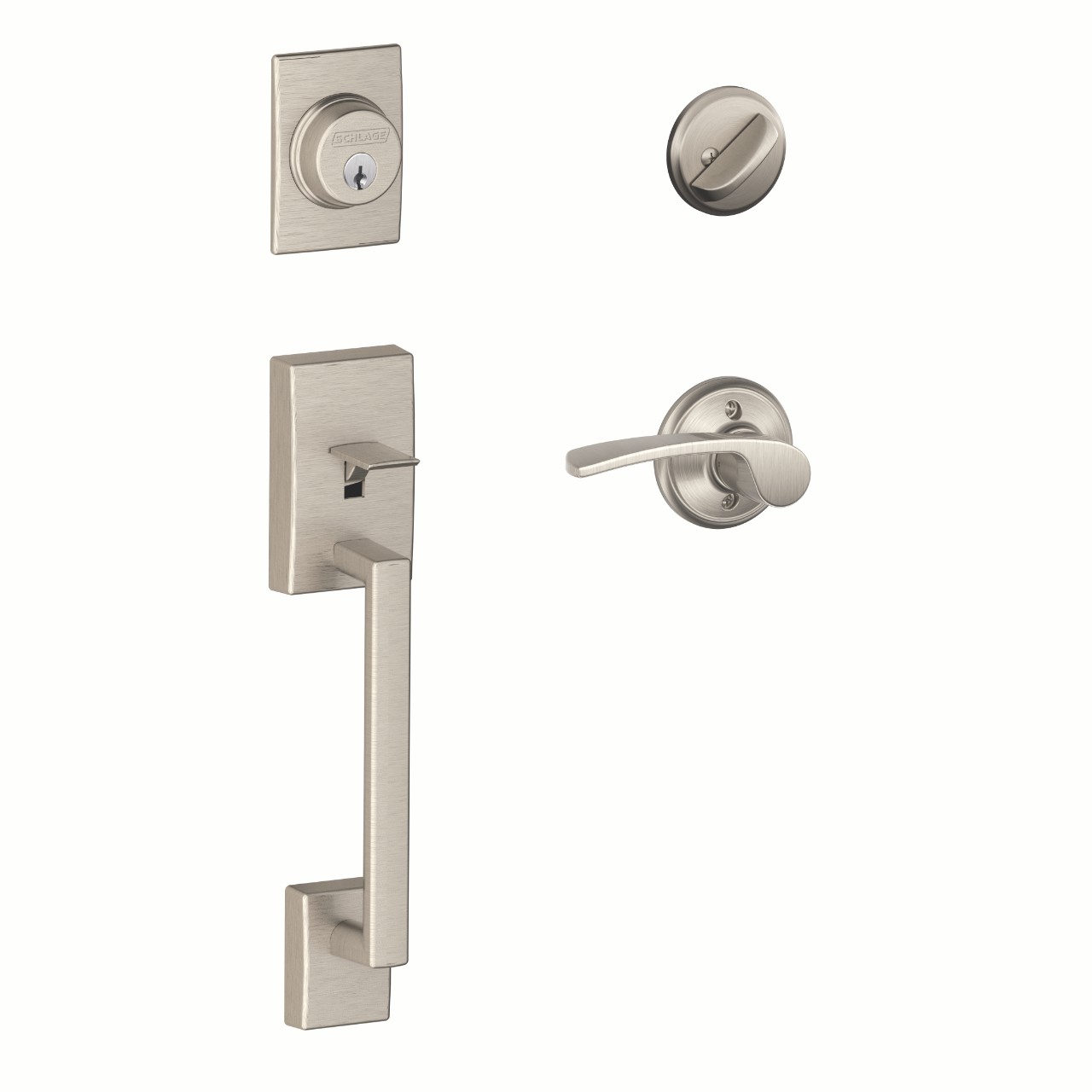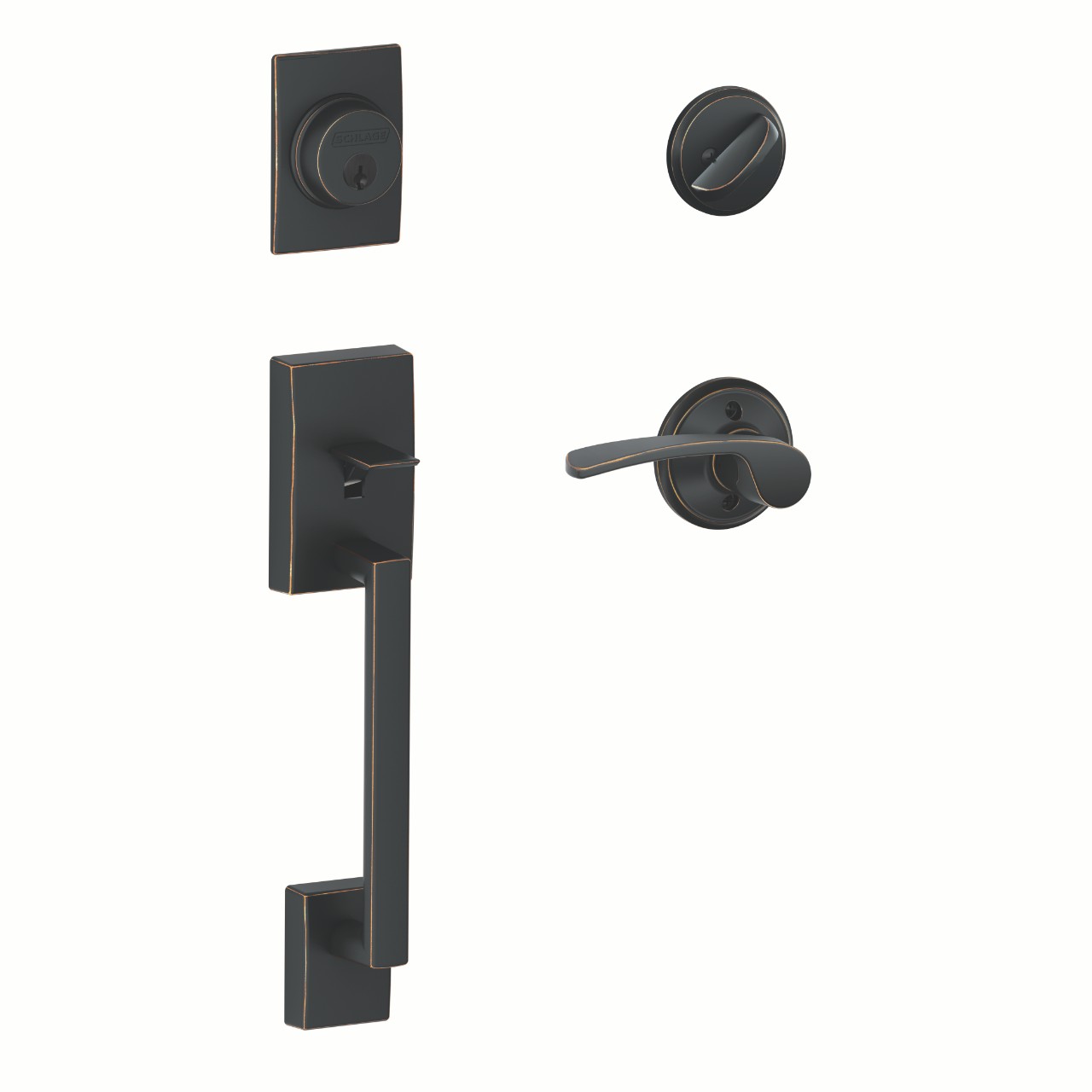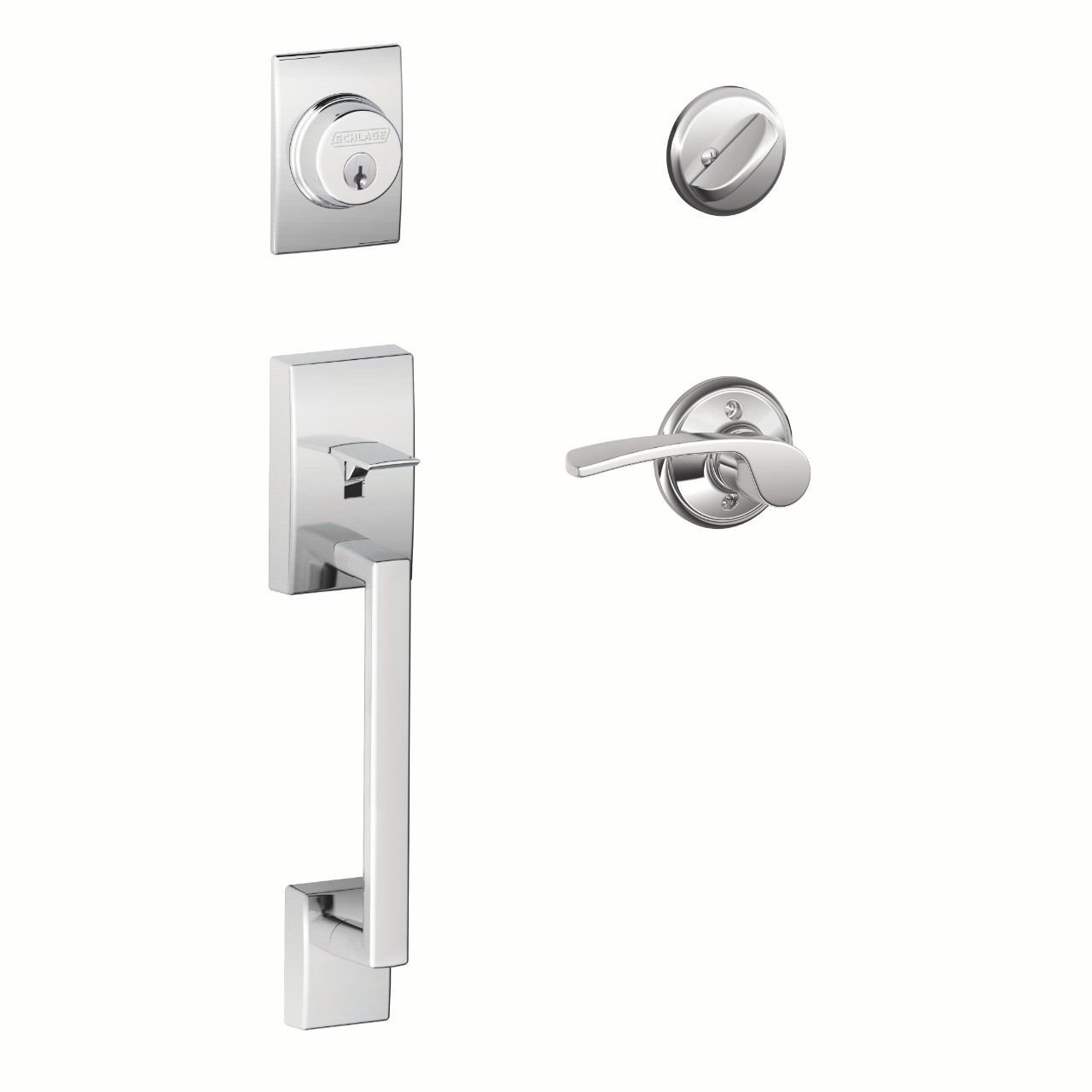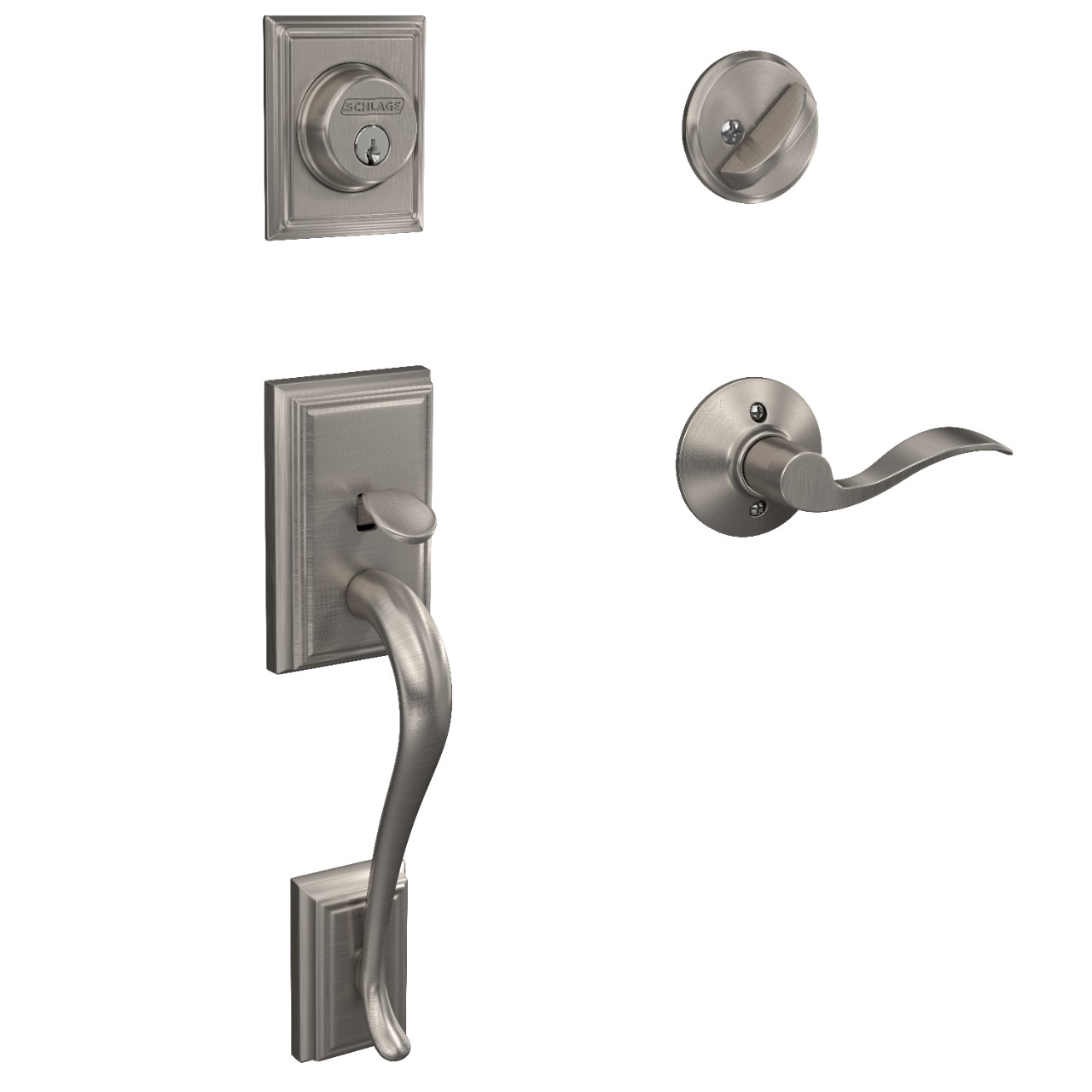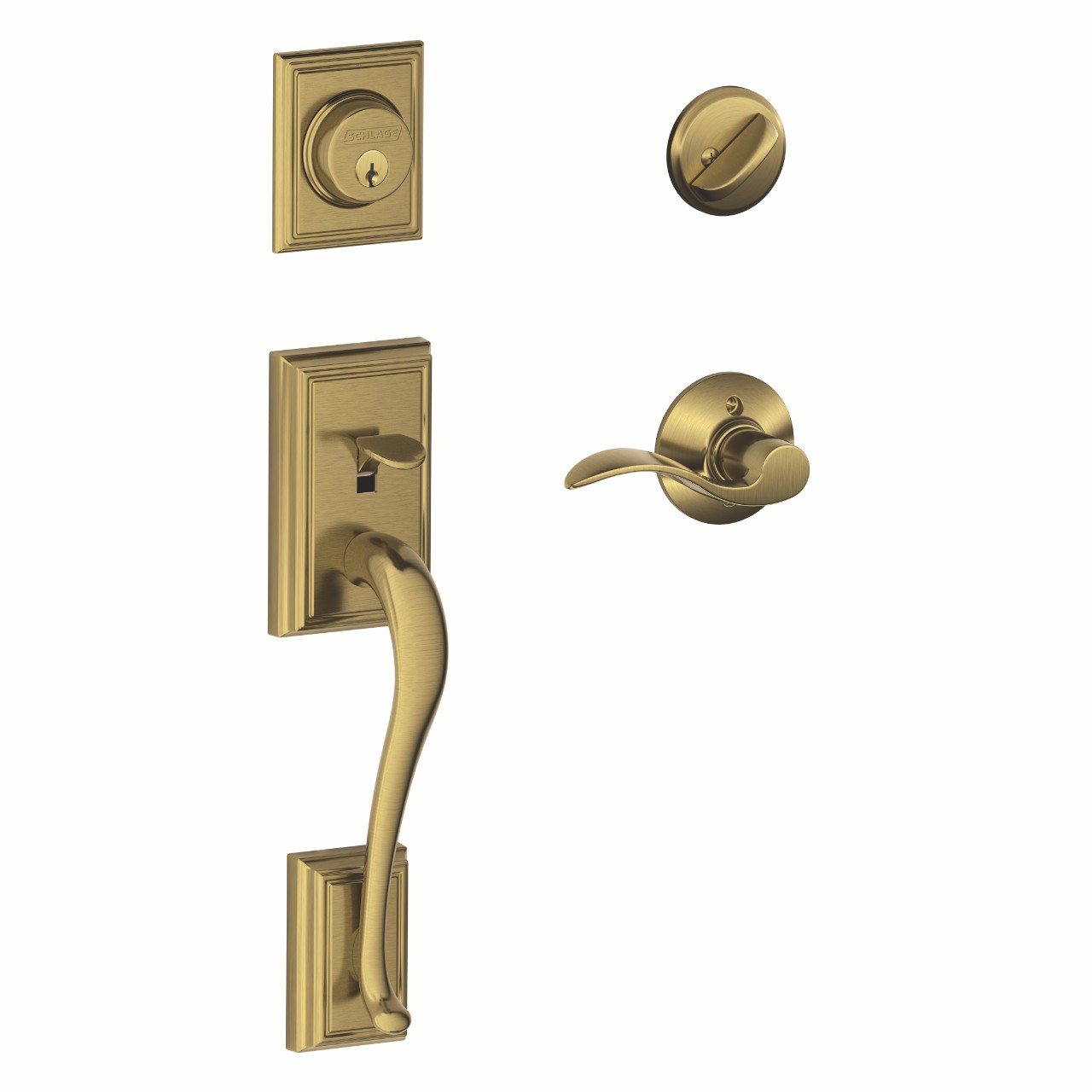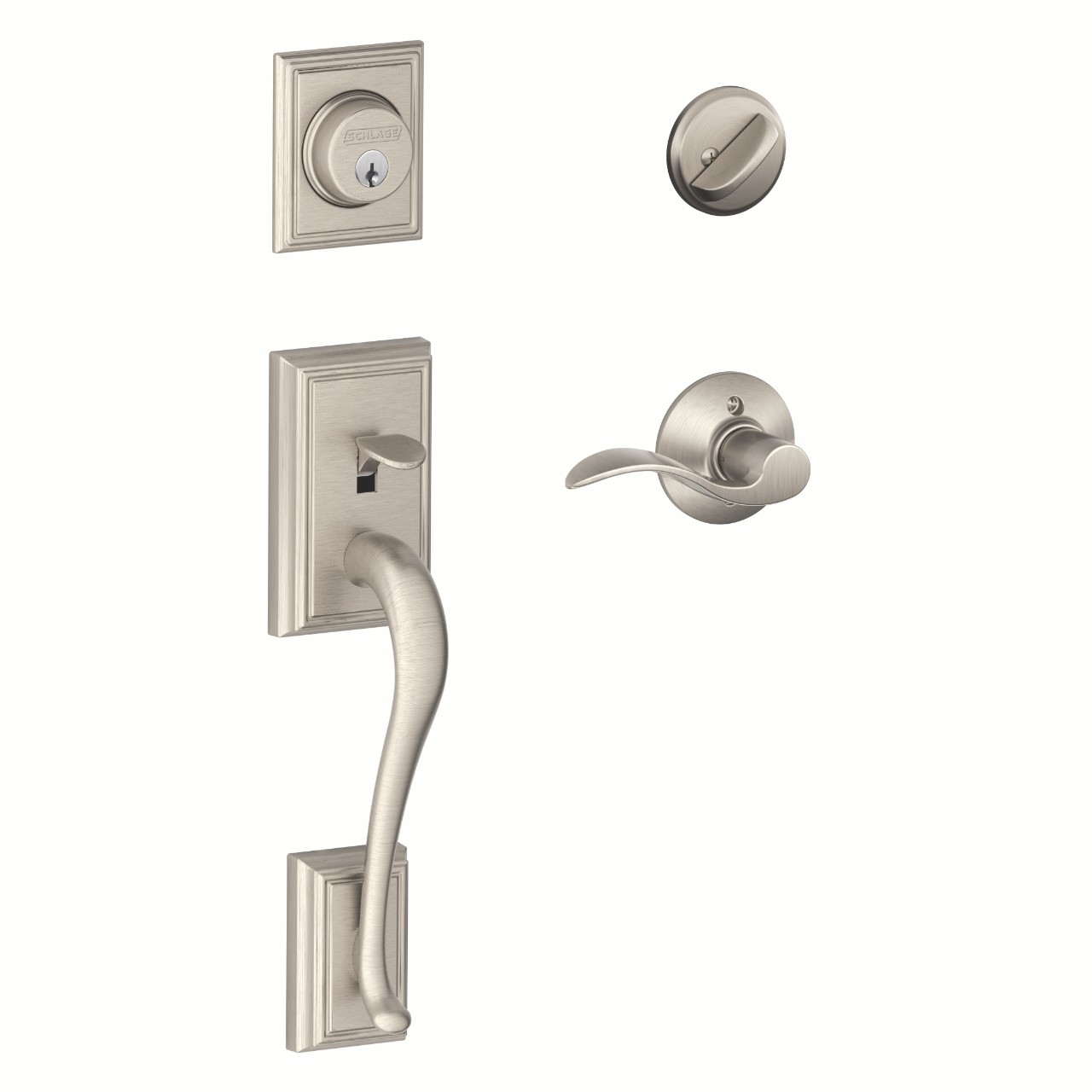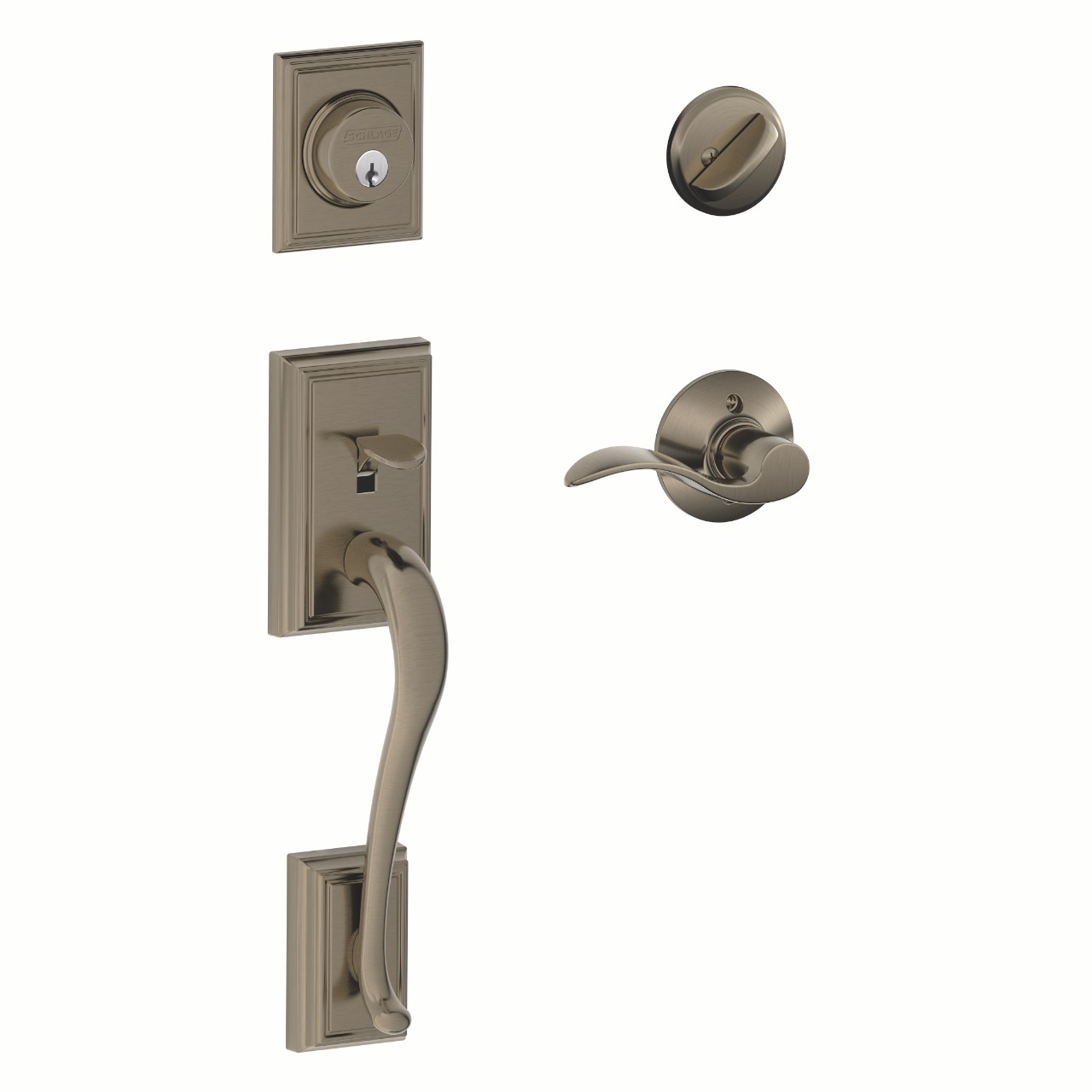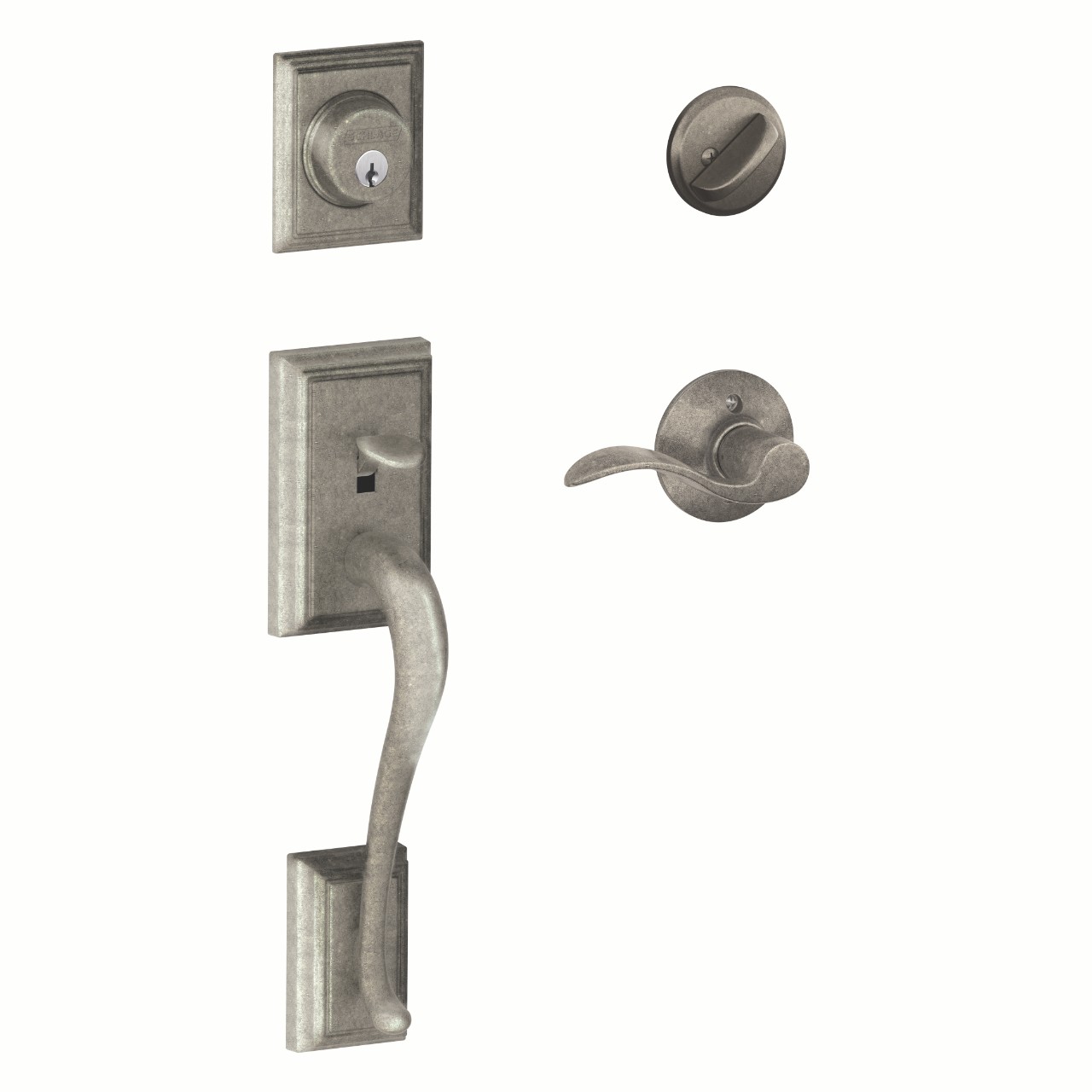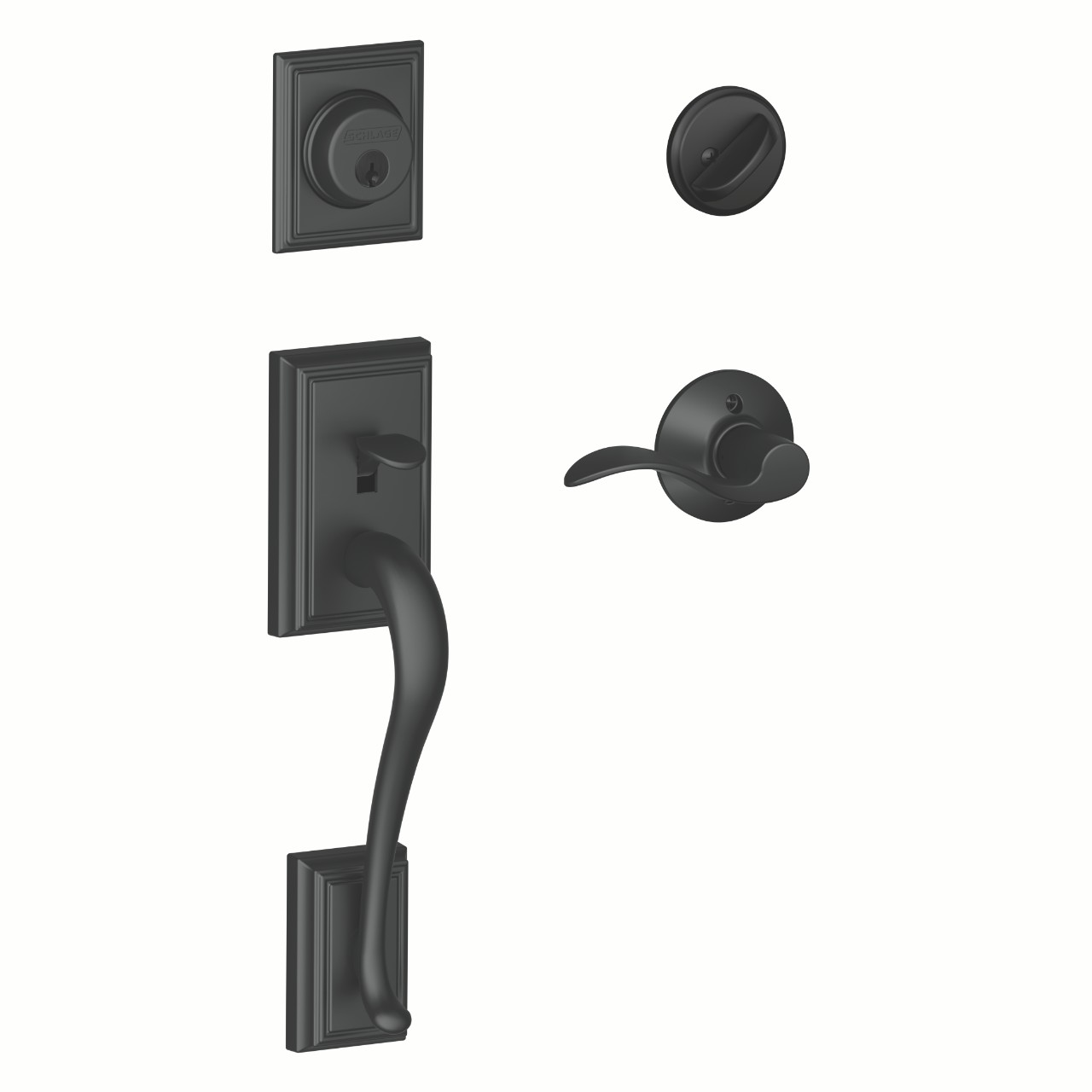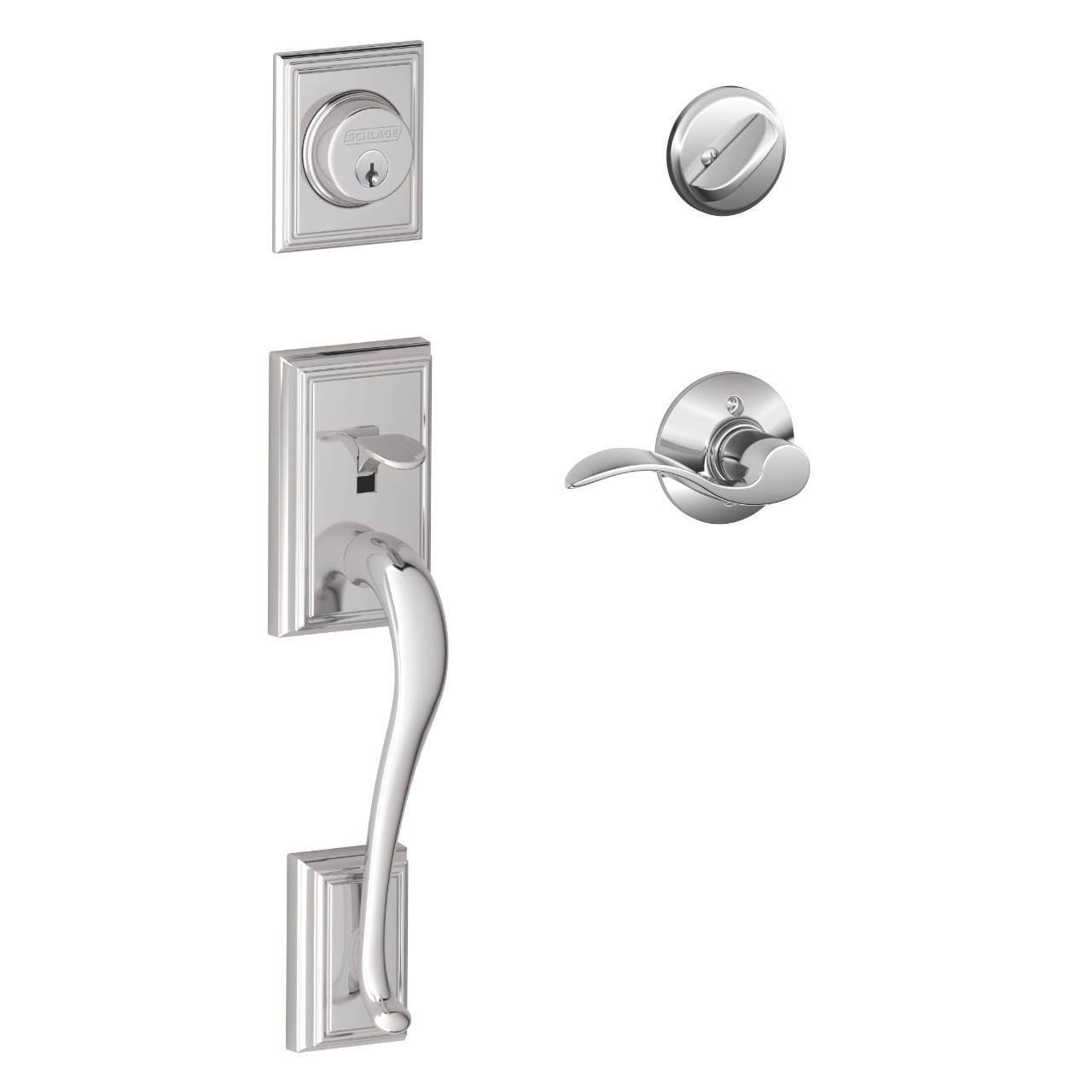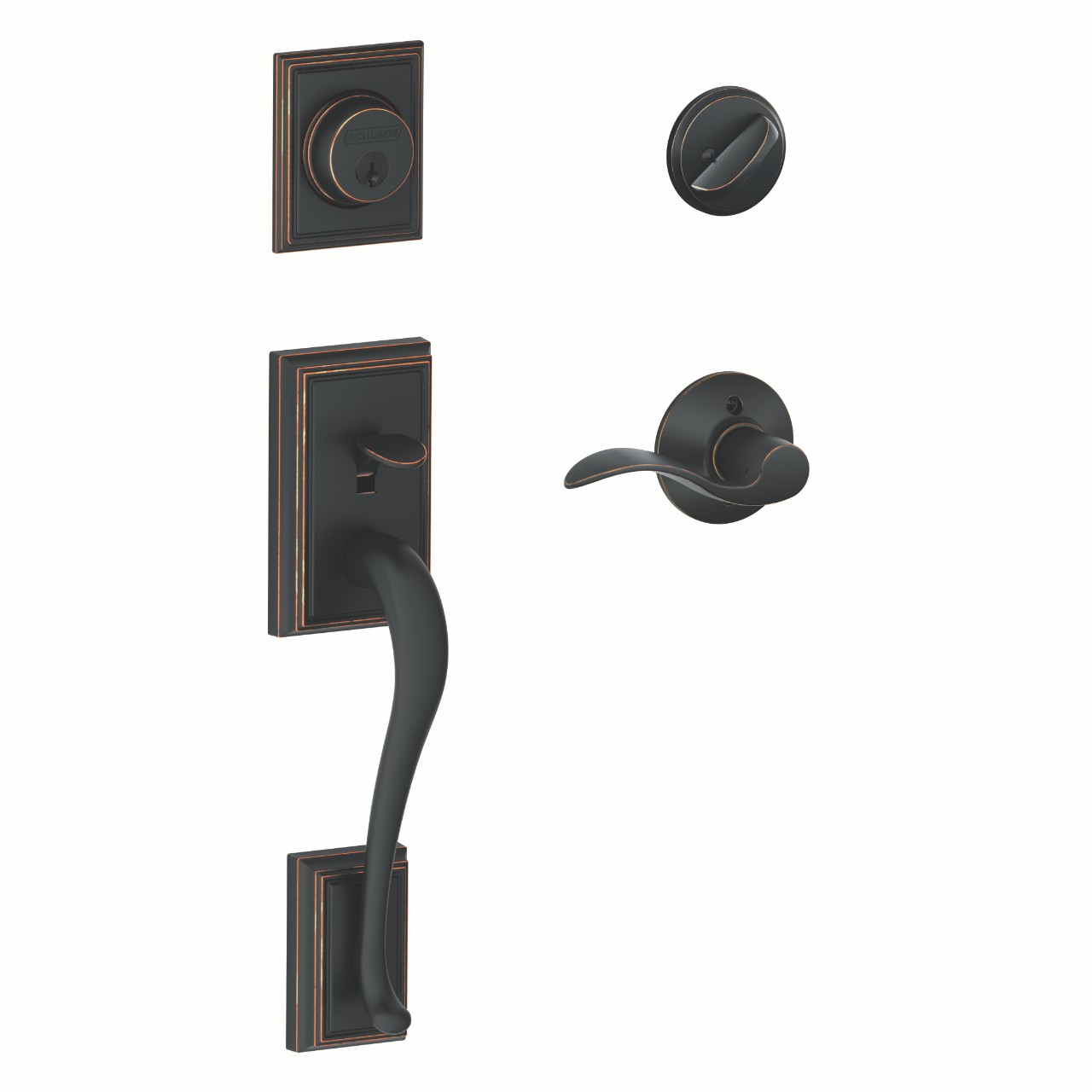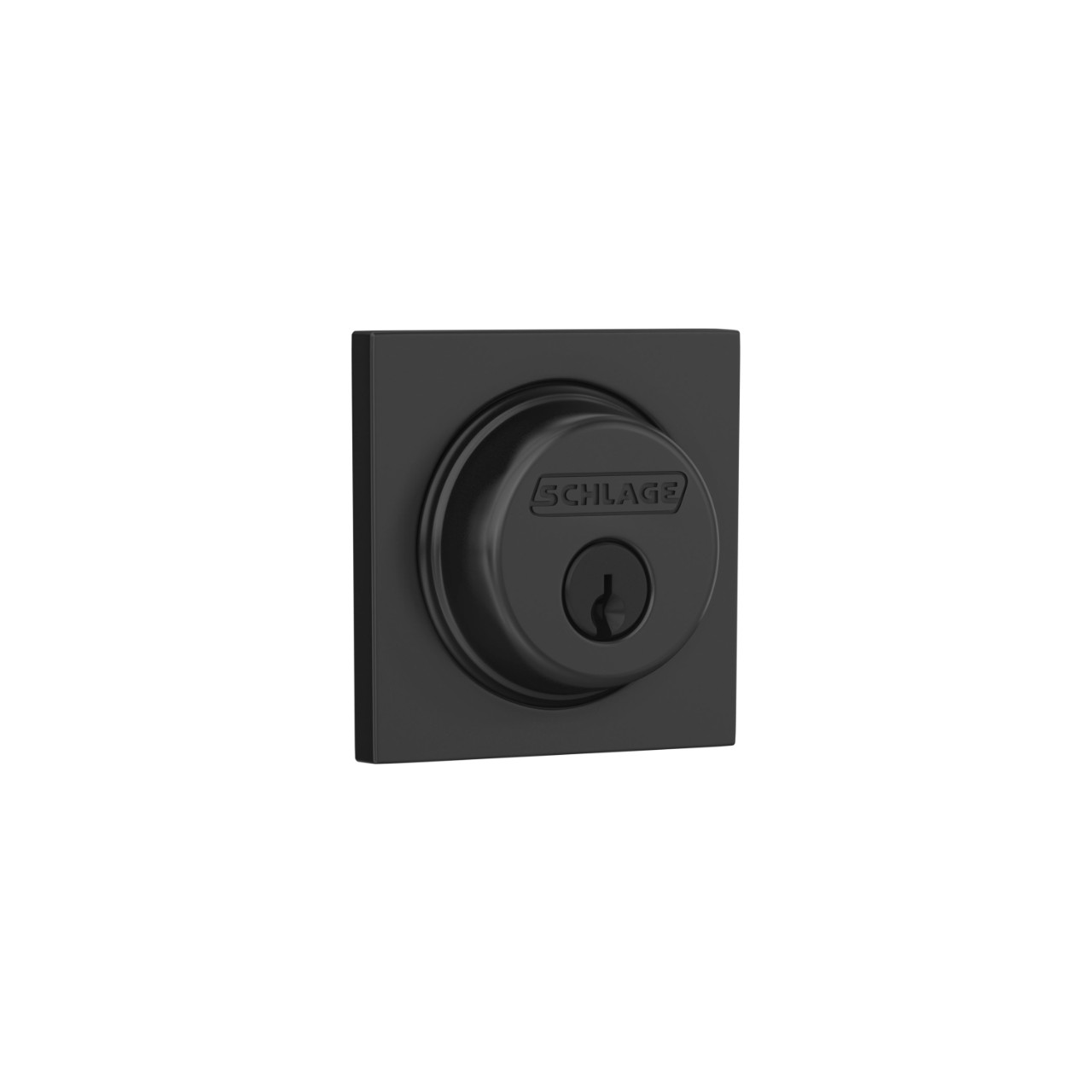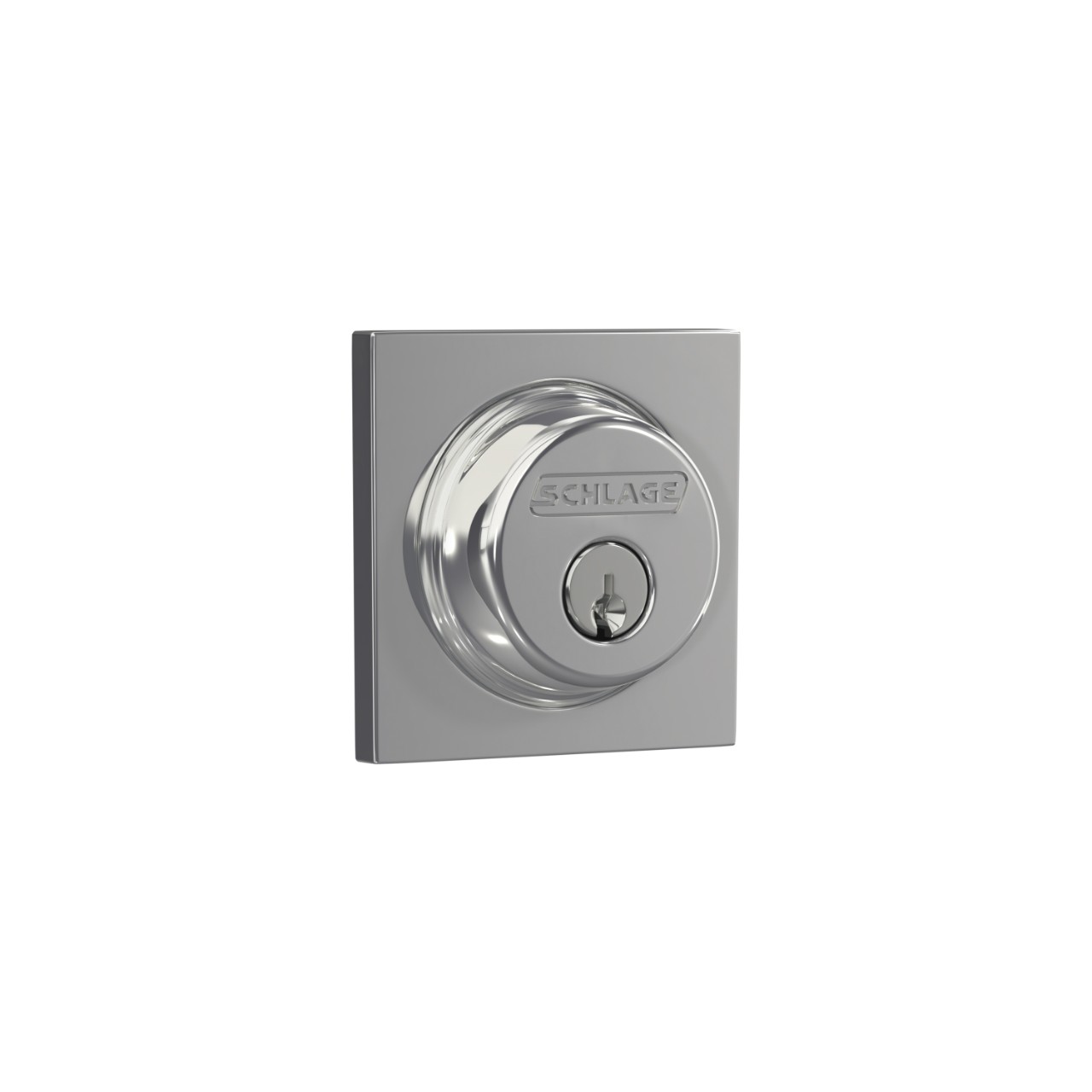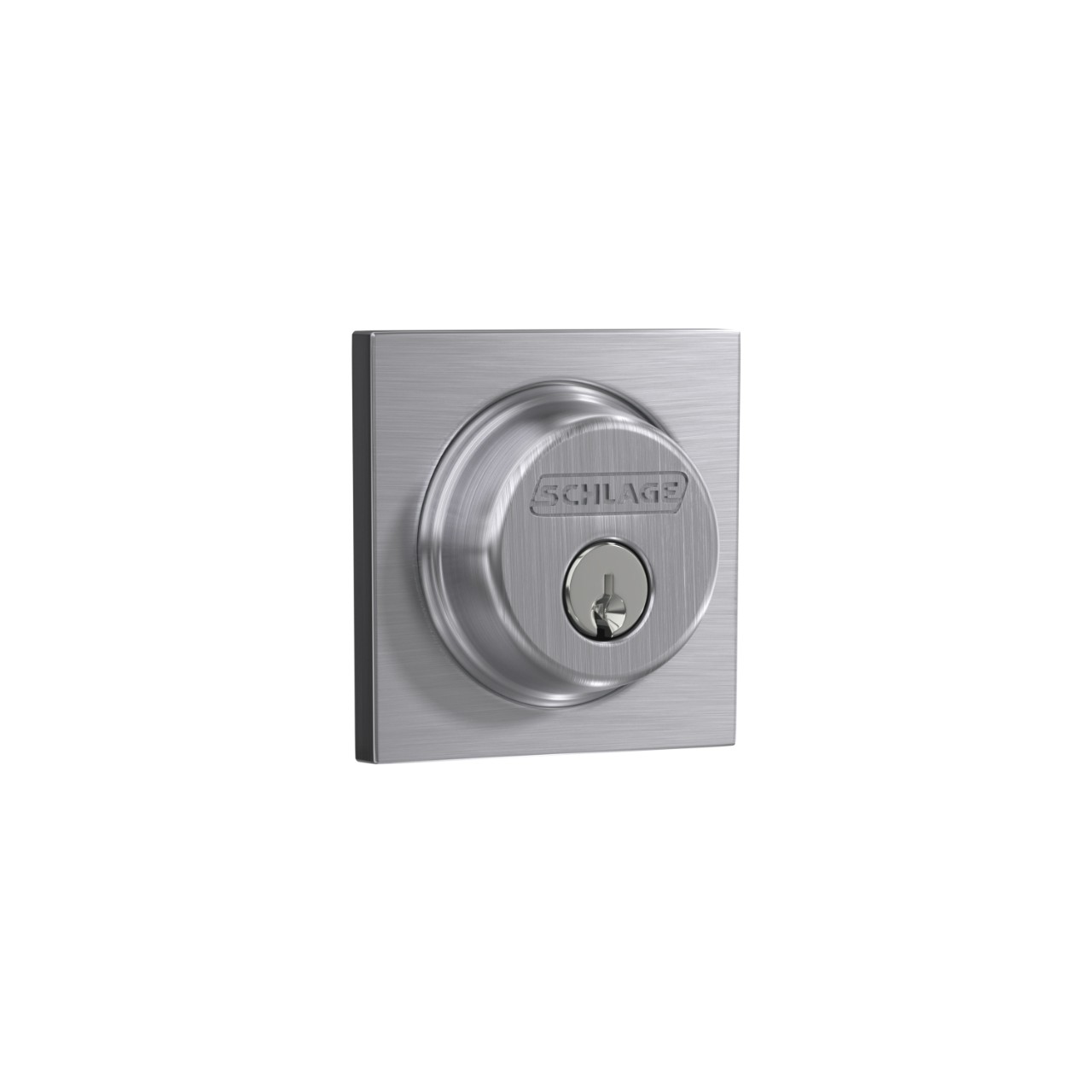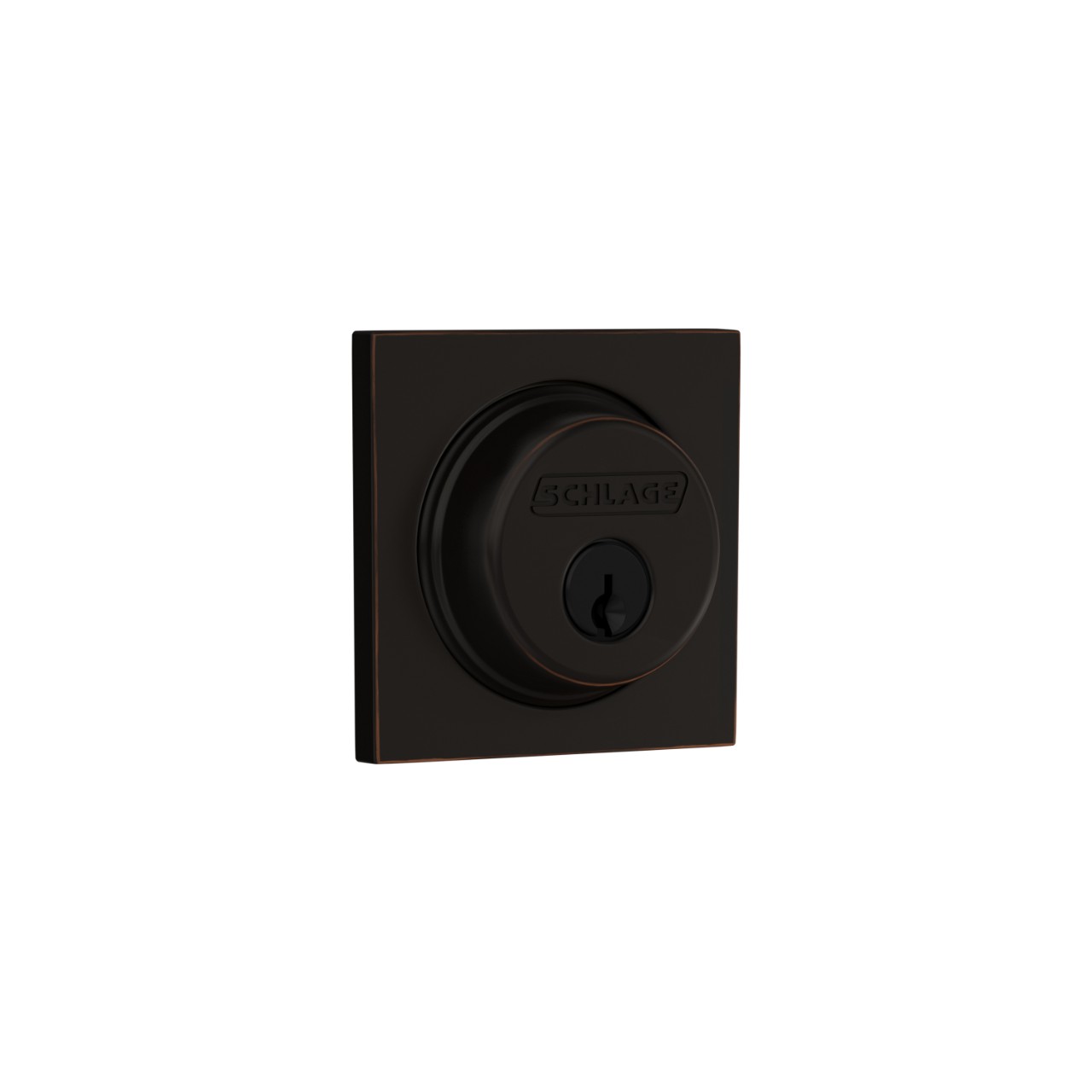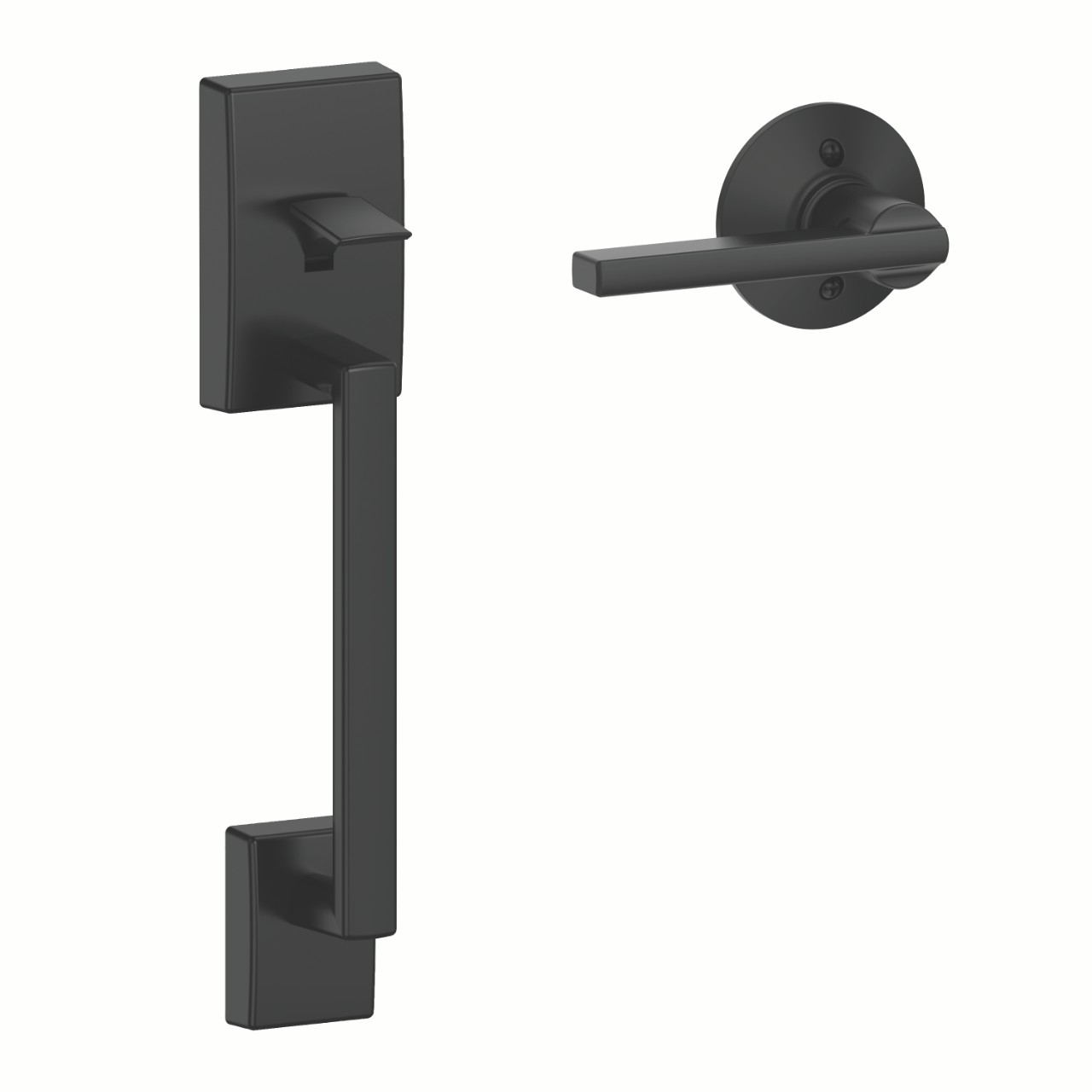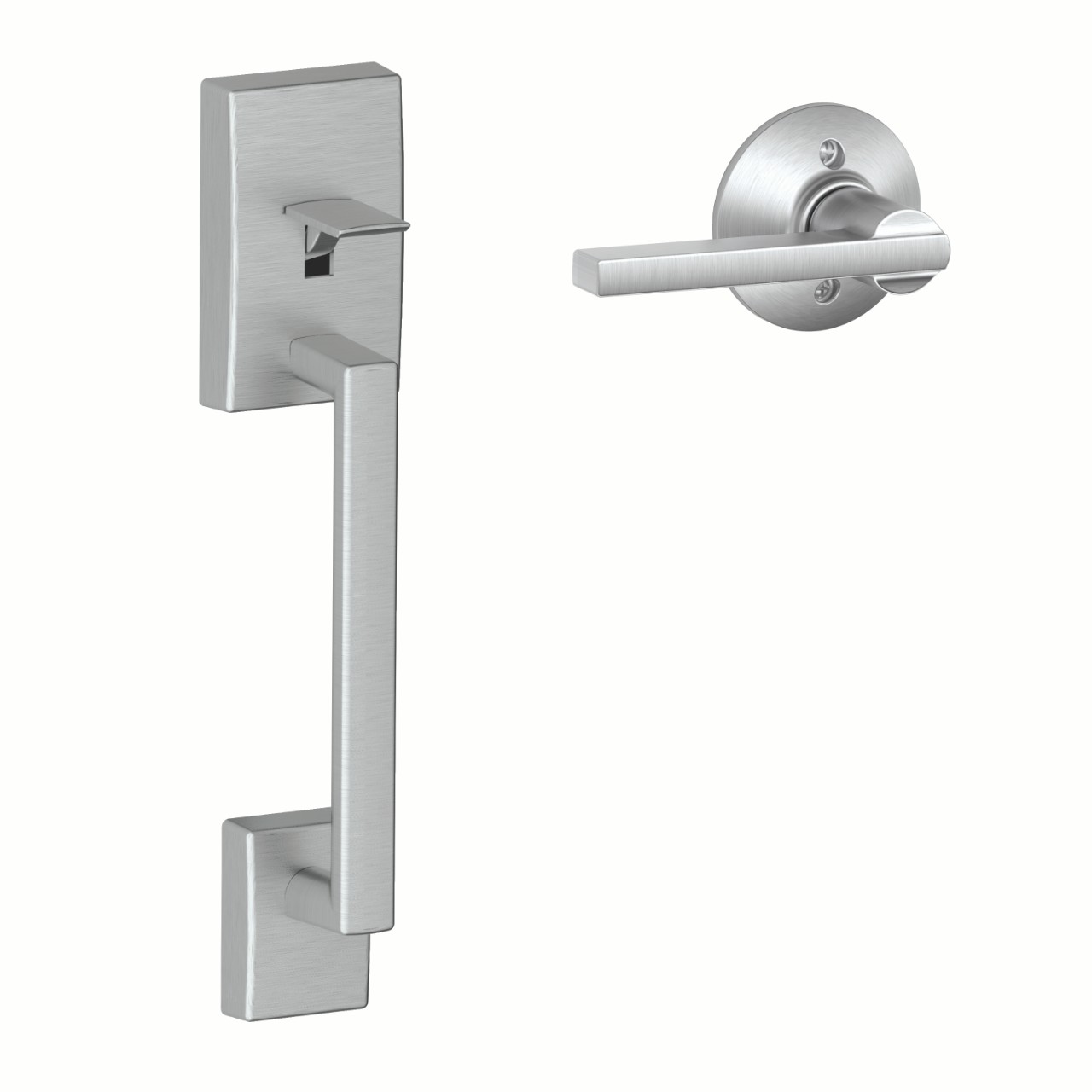

Do you know how to vacuum? Shining a mirror isn’t too tricky, either. When it comes to cleaning your home, most of us have the basics figured out. But outdoor cleaning can require a slightly different approach. How you clean patio furniture and with what soap – do you even need to use soap? – might be less obvious. These tips will show you how to clean porch décor for a healthy and beautiful home, inside and out.
Patio Furniture
Even if you cover it when it’s not in use, your patio furniture can collect all kinds of dirt, pollen, mold and mildew and what is that other gunk? Obviously, you don’t want to sit in that. Cleaning your outdoor furniture regularly can also help keep it in good condition. Natural materials like wood or wicker can break down more quickly if not properly maintained.
You want to give a hardcore cleaning to your patio furniture at the beginning and end of the season. We also recommend minor spruces at regular intervals. This is one area where it really pays off to stay on top of things. One smear of bird poo is a lot easier to clean than several weeks of it baked on by the summer sun.
Power washing and store-bought cleaning chemicals often get rid of most of the grime. Sometimes you’re looking for a cleaner that’s a little kinder to the environment or gentler on your belongings, though. Apartment Therapy recommends a homemade all-purpose cleaner of white vinegar, water and a detergent-based foaming hand soap. You can also use dishwashing liquid instead of hand soap. Mix one-part white vinegar to two-parts water and a few pumps of soap.
Use a sponge, soft-bristled brush or cloth dipped in the mixture and start scrubbing. The vinegar will help break down any mineral deposits –the same as when you use a vinegar/water mixture to descale tea and coffee makers – as well as remove mold. That foaming soap tackles just about everything else. When you’re done scrubbing, rinse it all down with clean water. The same cleaning solutions and method can often be used on planters, too.

Doormat
Why clean your doormat? Because if it does what it’s supposed to do, it’s full of all kinds of mud, grass clippings and allergens, and fleas and ticks from pets and wild animals. When you wipe your feet, a clean mat does a better job of keeping all of that where it should be – outside your house.
Each week, or maybe whenever you mow the grass, shake out the loose debris that’s collected in your mat. You can also smack the mat on a hard surface and use a vacuum or hand vac to get at the dirt that’s really taken hold. Each season, whether you use your mat to collect snow and salt in the winter or pollen in the spring, rinse your mat with a garden hose. You can use a mild dish soap if there are stains or any particularly stubborn spots that won’t come clean. If you notice an odor, sprinkle baking soda on your mat and let it sit for 10 to 15 minutes before vacuuming.
Light Fixtures
Dirty light fixtures can make your porch or walkway look darker and dingier than it really is. By cleaning the glass surround, you’ll keep everything looking bright and safe. Like a lot of our porch décor, lighting can be cleaned seasonally. Depending on the weather in your area and how exposed to the elements the light fixture is, you may want to clean them more often. At the height of bug season, frequency is your friend.
Before you start cleaning, turn off the circuit breaker to your outdoor lighting. This will help prevent shocks if you have to disassemble any of the components and if you’re using any kind of liquids. You can also cover the sockets with masking tape to help keep water out of the electrical components.
Dust away any loose dirt, dead bugs, spider webs and birds’ nests. You can use a disposable duster, but an old paint brush also works well. Soak the glass globe and other removable parts in a bucket filled with warm water and dishwashing liquid. Then use a soft cloth and the soapy mixture to wipe down the rest of the light fixture, taking care not to get the sockets wet. Rinse and dry everything thoroughly before reassembling.
For an extra shine, you can use glass cleaner on panes and shades, and a non-abrasive car wax to most metal surfaces. Check the manufacturer’s recommendations first, though, to avoid damaging the finish. Don’t forget to clean the bulbs. When they’re cool, simply dust them to remove pollen, dust and dirt.

Window and Door Screens
The reason you have screens for your windows and doors is the same reason you need to clean them regularly. Those screens trap dirt, pollen and insects before they get in the house. Cleaning can help them stay in good repair as well as keep the view nice so you’re not looking through a bunch of spider webs all the time.
Screen doors should be cleaned at least twice a year. Time it around when you use it most often, like the spring and summer. For in-between cleanings, try this hack from The Kitchn: a lint roller. Work from the outside, if possible, where the dirt and gunk is the greatest.
For those bigger, seasonal cleanings, remove the screens from the window or door and lay them flat on your porch or in your garage. Use a vacuum with the dusting attachment to remove loose debris from both sides. If you’re cleaning screens that can’t be removed, use a disposable duster instead, then vacuum anything that dropped into the framing.
You can then use a solution of household ammonia and water – a 1-to-3 ammonia-to-water ratio – and a sponge or soft-bristled brush to wipe away remaining grime. Get the entire screen, including along the edges. Spray clean water from a garden hose to rinse the screens, but be gentle. High-pressure cleaning could bend the screens so they won’t fit again properly. If you don’t have a convenient hose or can’t use one because the screens are still in the window – you obviously don’t want to spray into the living room – simply use a clean cloth and water to rinse.
Door Wreaths
A front door wreath covered in dust and dirt hardly looks inviting. Cleaning it will keep it looking fresh and beautiful. It will also prolong the life of your wreath so can include it in your front porch décor rotation for years to come. Before you pack away a holiday wreath at the end of the season, give it a good cleaning. That way, when it’s time to decorate again next year, it should only need a light dusting and sprucing up. Depending on how exposed it is to the elements, you also may want to dust it about every week or so while it’s on your door.
Decorative wreaths can be made of so many different materials – vines, evergreens, plastic, foam, burlap – and include décor that’s just as varied, so you might have to do a little trial and error to find a method that’s effective and won’t cause damage. Many designers recommend using a hair dryer on a low, cool setting to blow the dust and dirt away. Stand about a foot away to keep it from knocking off any delicate decorations. You can also use a microfiber cloth to dust your wreath, especially if it has artificial silk flowers.
For wreaths made of grapevine or twigs and that don’t have fragile décor, you can use a vacuum with handheld attachment to remove dust and dirt. Some say you can wash twig wreaths in warm, soapy water before letting them air dry on newspaper. This can be helpful if it collects a lot of grime from the road. However, remove all decorations first as faux flowers, ribbons and the like usually are not water resistant.
No matter what you’re cleaning, check the manufacturer’s recommendations. Some materials and finishes can be damaged if you use the wrong cleaning solutions, cloth or force. In some instances, improper cleaning can void the warranty on a product, so doublecheck before you get to work. If you don’t know the manufacturer’s recommendations, test your cleaning methods on an inconspicuous spot you won’t notice if things don’t go well.
When your patio or deck is well maintained, your porch décor can really shine. Find how-to guides to get the most from your porch décor right here, at the Schlage blog. There’s also loads of inspiration on our Pinterest and Instagram.
Related Products
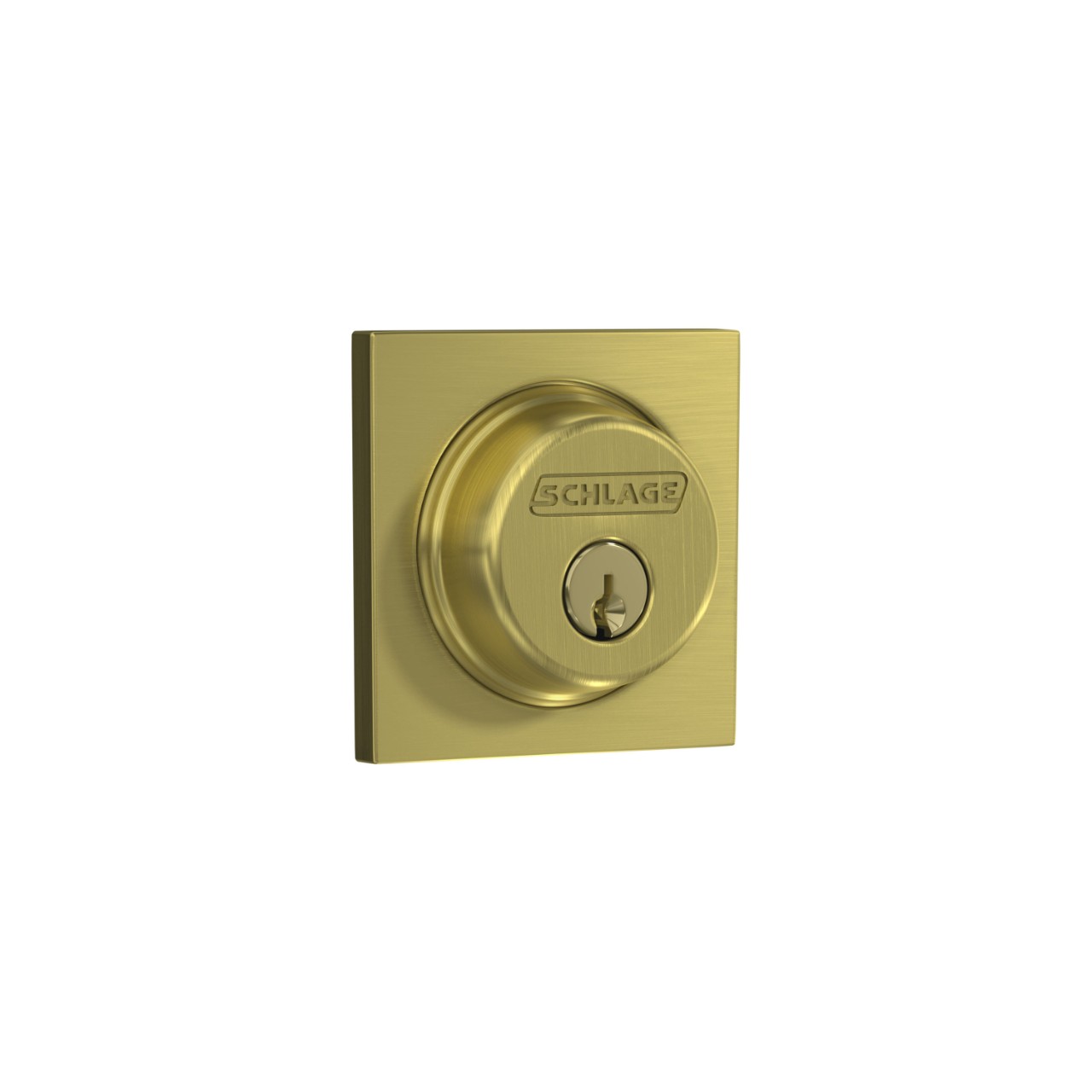
Single Cylinder Deadbolt
Collins TRIM
From $43.99
From $43.99
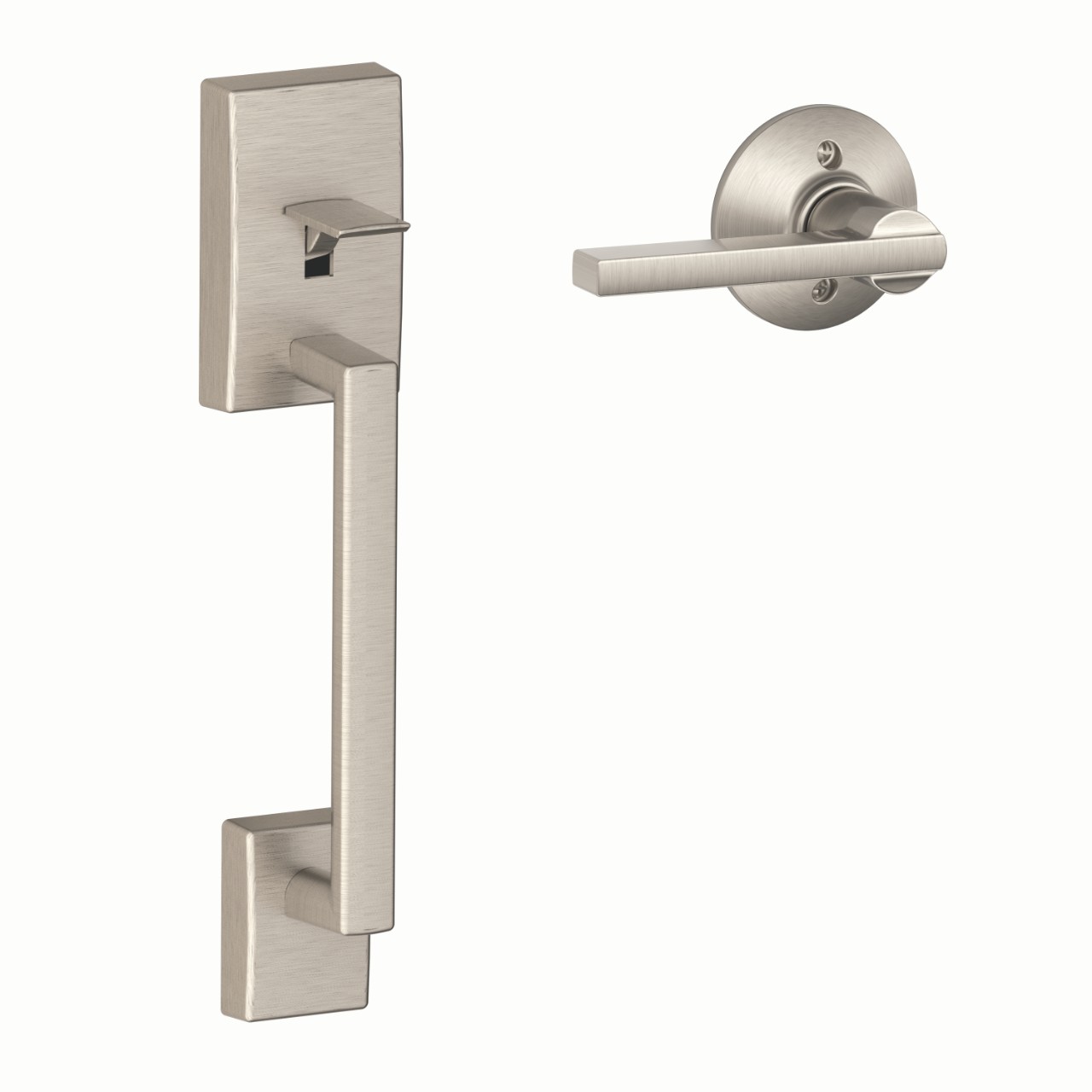
Front Entry Handle and Latitude Lever
Century TRIM
From $109.00
From $109.00
Unlock more ideas
Never miss a beat - get the latest product updates, style tips and DIY tutorials sent right to your inbox.


